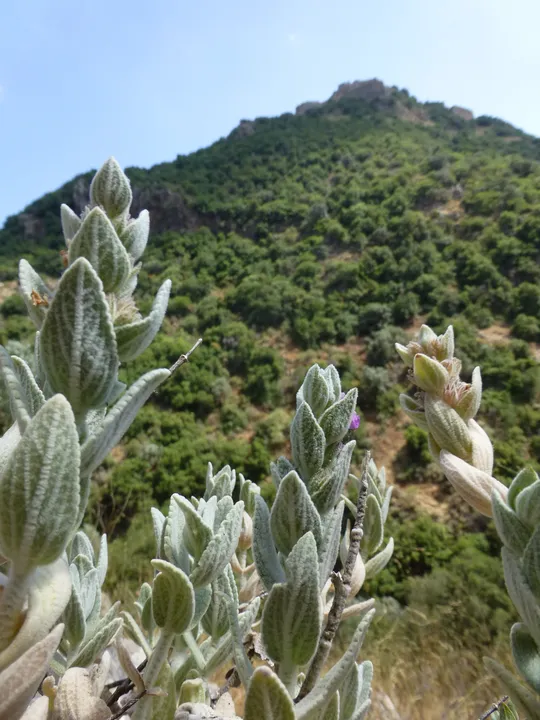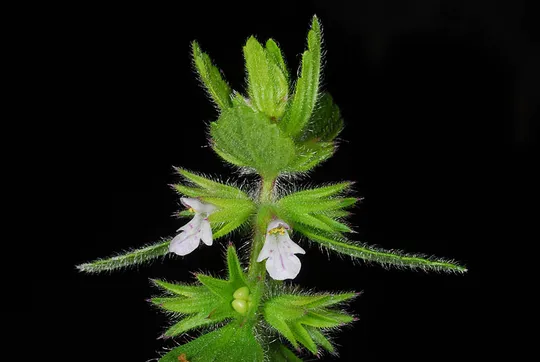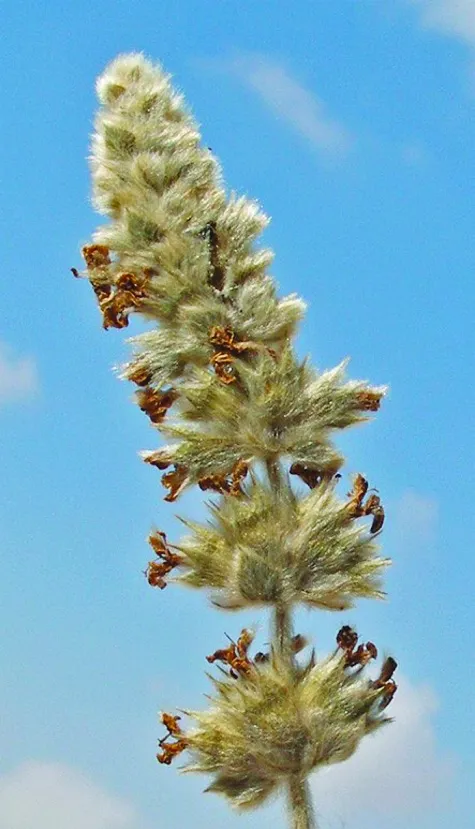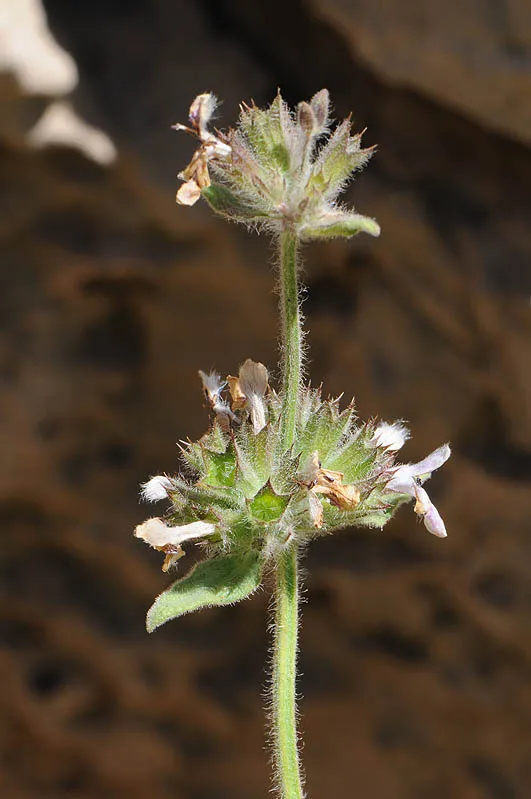Zohary's Woundwort
Stachys zoharyana
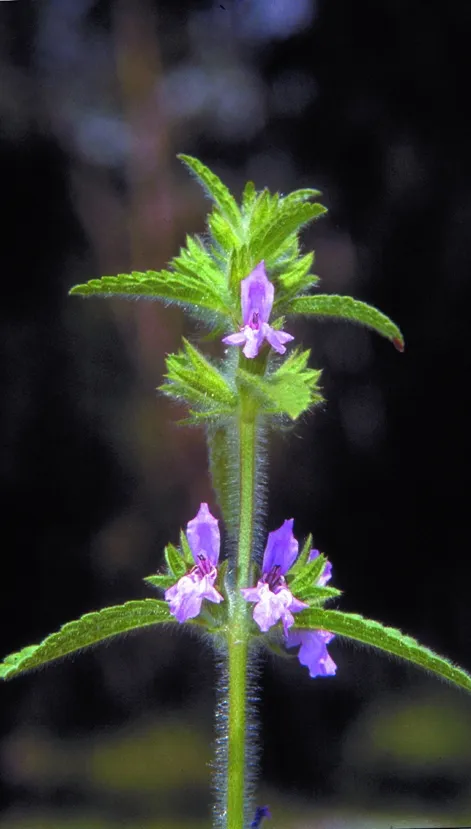
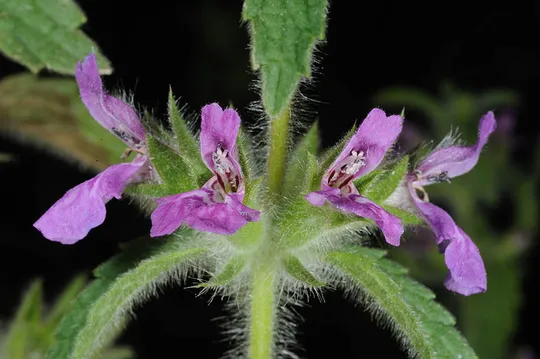
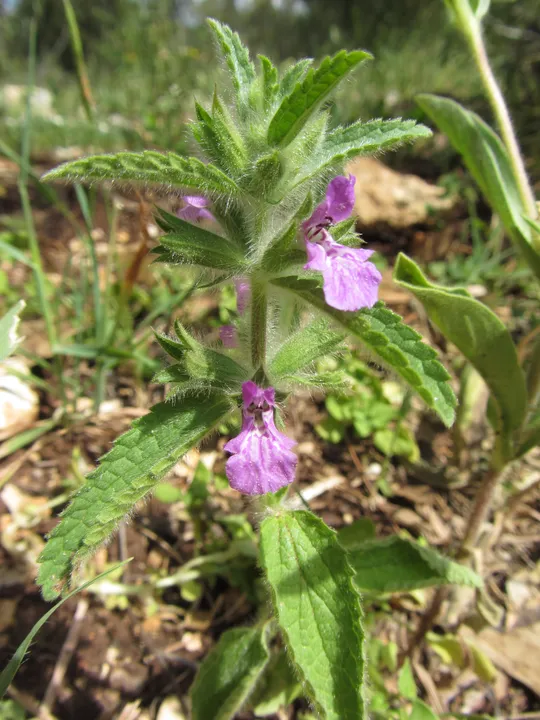
Stachys zoharyana was once common in four regions: the Judean Mountains (found once in Jerusalem), Ramot Menashe (Regavim), Sharon (Taninim Stream) and Carmel (En Hod, and Dalyat el-Carmel). Today the species is extinct in all these regions and was not found in the rare species survey. S. zoharyana now grows in only two regions: on a number of sites in the Lower Galilee and on a new single site in the western Upper Galilee (Wadi Sha’al, identification uncertain). Recently it was found in the Ahihud Forest.
On the edges of fields and on heavy soils.
For the genus – see Stachys arvensis.
S. zoharyana is very similar to S. arabica. The main difference between the two species is that S. zoharyana has large bracteoles at the base of its flowers, while in S. arabica they are absent. The existence of bracteoles or their absence is an important identifying sign for the Labiatae in general, and for the genus Stachys in particular. That was the reason why Alexander Eig was happy to describe the plant found in Binyamina by Michael Zohary as a new species and to name it for him. S. zoharyana is shorter and has a smaller corolla than S. arabica. It differs from S. arvensis in the glandular hairiness of its stems, in the pinkish-purple color of the corolla and in the existence of bracteoles at the base of the flowers. In the rare plant survey, we located Lower Galilee populations that exhibited intermediate features between the two species: for example in the Na’ura populations (northwest of Moledet) and in the Sde Ilan populations, 10-15% of the S. arabica plants had flowers with large bracteoles. Thus, it is possible that S. zoharyana is not an independent species but a variety of S. arabica.
Stachys zoharyana is a very rare plant, whose population grows on the edges of fields and on heavy soils, probably traditionally cultivated with no intensive pesticide application or deep plowing.
• The species grows exclusively on heavy soils.
• S. zoharyana populations are fragmented, corresponding to the fragmented habitat of alluvial soils in the mountains.
• Most of the sites are close of inhabited areas and to agricultural fields that are at risk of being developed.
• None of the sites is located in nature reserves.
A site that has deep valley soil should be declared a nature reserve and then populated with Stachys zoharyana and monitored. The recommended area for the site is the Moledet-Sde Ilan area and the Regavim area in Ramot Menashe (where the species has become extinct).
Endemic, found only in Israel.
Stachys zoharyana is one of the “reddest” species in Israel: it is endemic, its habitat is being rapidly destroyed, it is attractive enough to be picked and the extinction rate of sites that were known from the previous century is among the highest among the plants in Israel. The species survived in only one region (possibly two) of the six regions in which it grew in the 1950s. However, its very close systematic relation to S. arabica, and the presence of transition forms between them, raises doubts regarding the independent identity of the species and hence its status as a red species. In the rare plant survey, transitional forms between S. zoharyana and S. arabica were found in several populations. If however, S. zoharyana is not a separate species but a variety of S. arabica, then it is not an endemic species and then there is no conservation priority, because S. arabica is relatively common. In that case, it might be more correct to consider S. zoharyana as a sub-species, or an endemic ecotype.
Current Occupancy Map
| 1000 squre meter pixel | 5000 squre meter pixel | 10000 squre meter pixel | |
|---|---|---|---|
| number of observations | 0 | 0 | 0 |
| in total pixels | 0 | 0 | 0 |
| Family | Lamiaceae |
| Classification | On the endangered species list |
| Ecosystem | Mediterranean |
| Chorotype | Eastern Mediterranean |
| Conservation Site | Ahihud Forest or Sde Ilan |
| Rarity |
1
4
6
|
|---|---|
| Vulnerability |
0
3
4
|
| Attractiveness |
0
1
4
|
| Endemism |
0
4
4
|
| Red number |
1
6.8
10
|
| Peripherality | N |
| IUCN category | DD EW EX LC CR EN VU NT |
| Threat Definition according to the red book | Critically endangered |
 Based on:
Based on:
